Editor’s Note: This story was originally published November 7, 2024 and has since been updated.
In June of 2021, the Supreme Court issued a unanimous decision in NCAA v. Alston, stating that the National Collegiate Athletics Association (NCAA) could not legally restrict education-related payments to student-athletes. Following this ruling, the NCAA allowed states to develop their own Name Image and Likeness (NIL) regulations.
This gave student-athletes the opportunity to receive compensation from third parties when they use their own personal brand such as their own name, image and likeness used for commercial purposes. In instances where states did not enact specific NIL laws, individual schools adapted their own policies.
Although this ruling allowed for student-athletes to financially profit from their sports, two things remained unallowed by NCAA rules; schools cannot pay their athletes and schools cannot offer financial rewards, such as NIL deals or academic scholarships, expecting athletes will owe them something in return.
Since the decision of the Court in 2021 other cases have emerged centered around how student athletes can see financial support from their university. On July 11, 2024, the U.S. appeals court ruled student athletes may qualify as employees of their university. While the NCAA believes that classifying student athletes as employees defeats the purpose of their traditional “amateurism model” , the U.S. appeals court announced that some NCAA athletes may qualify as employees under federal wage-and-hour laws.
U.S. Circuit Judge L. Felipe Restrepo wrote, “Ultimately, the touchstone remains whether the cumulative circumstances of the relationship between the athlete and college or NCAA reveal an economic reality that is that of an employee-employer.”
The court suggested that a test be put into effect to see if an athlete’s effort “crosses the legal line into work”.
The NCAA has over 500,000 athletes that compete under their organization and currently do not have the means to administer tests to half a million people. This case remains in litigation as judges and lawyers determine what other possibilities are available.
Another case, House v. NCAA, also plays a large role in the probability of student athletes becoming employees of their universities. Currently, this federal case has reached a settlement that will fundamentally restructure the college athletics landscape. In the proposed agreement, universities will be allowed to pay their athletes up to $23.1 million per year or 22% of total revenue gained from athletics that year. In addition, the NCAA will have to pay $2.78 billion in damages to athletes who have graduated and were not compensated with the money the university made from their name, image and likeness. This settlement proposal is currently in the court approval process.
In efforts to combat this movement, a bill was introduced by Virginia Congressman Bob Good that protects student-athletes from becoming employees of their universities. The goal of the Protecting Student Athlete’s Economic Freedom Act is, “To prohibit a student athlete from being considered an employee of an institution, a conference, or an association based on participation in certain intercollegiate athletics”. Because the congressional term ends in Jan. it is likely this bill will have to be reintroduced at the beginning of the next term.
All movements and cases regarding student-athletes becoming employees remain in litigation, and implementation of proposed rulings are still in the distant future. However, the current situation highlights a potential future where, if student-athletes were classified as employees, they could gain the right to unionize as well as be fired for inadequate performance. At the Division III level, athletics could cease to exist.
Division III sports are almost entirely funded by individual universities. Only 3.18% of all NCAA revenue goes towards Division III athletics, and 75% of that money goes towards funding the division’s 28 national championships. There are no athletic scholarships offered at the Division III level, leaving no additional money to pull from if universities were required to pay their athletes.
Third-year Brady Horstmann, a player on University of Wisconsin-La Crosse’s men’s tennis team and Student Athlete Advisory Committee (SAAC) executive member, is organizing student-athletes to support Rep. Good’s bill.
“A lot of people don’t get what the DIII perspective is. A lot of us come here for school and our sport too… people need to realize that we [athletes] don’t play sports expecting to get anything financial out of it,” Horstmann said.
National SAAC representatives from all three Divisions have endorsed Rep. Good’s bill and have encouraged individual schools to write congressional letters stating why they believe the bill should be passed. Their goal is that student-athletes’ voices will drive the courts to rule that athletes will not be deemed employees of the school.
“I think it’s very important for athletes to be vocal about this issue. We [athletes] were very vocal about NIL and were able to enact change in positive ways… we need to stay vocal to see positive change throughout the program,” Horstmann said.
Horstmann and the other members of the SAAC executive committee are spreading awareness about these bills and lawsuits through the SAAC representatives on each athletic team. They have examples of congressional letters added to the UWL Student-Athlete canvas page, so any athletes inclined to write a letter have a template. Any questions regarding writing a congressional letter can be emailed to Horstmann at [email protected].
Editor’s Note: The following information was updated June 26, 2025.
On Friday, June 6, 2025, Judge Claudia Wilken of the U.S. District Court approved the settlement in the House v. NCAA class action suit. This ruling allowed for Division I athletes to get paid by their universities as well as provided damages for athletes who did not have the opportunity to participate in NIL endeavors.
Currently, contracts for paying athletes are being drafted by Division I conferences such as the Big Ten and the Atlantic Coast Conference. Schools outside the Power 5 conferences are still deciding if they will opt into the House settlement. The deadline to opt in is set for June 30.

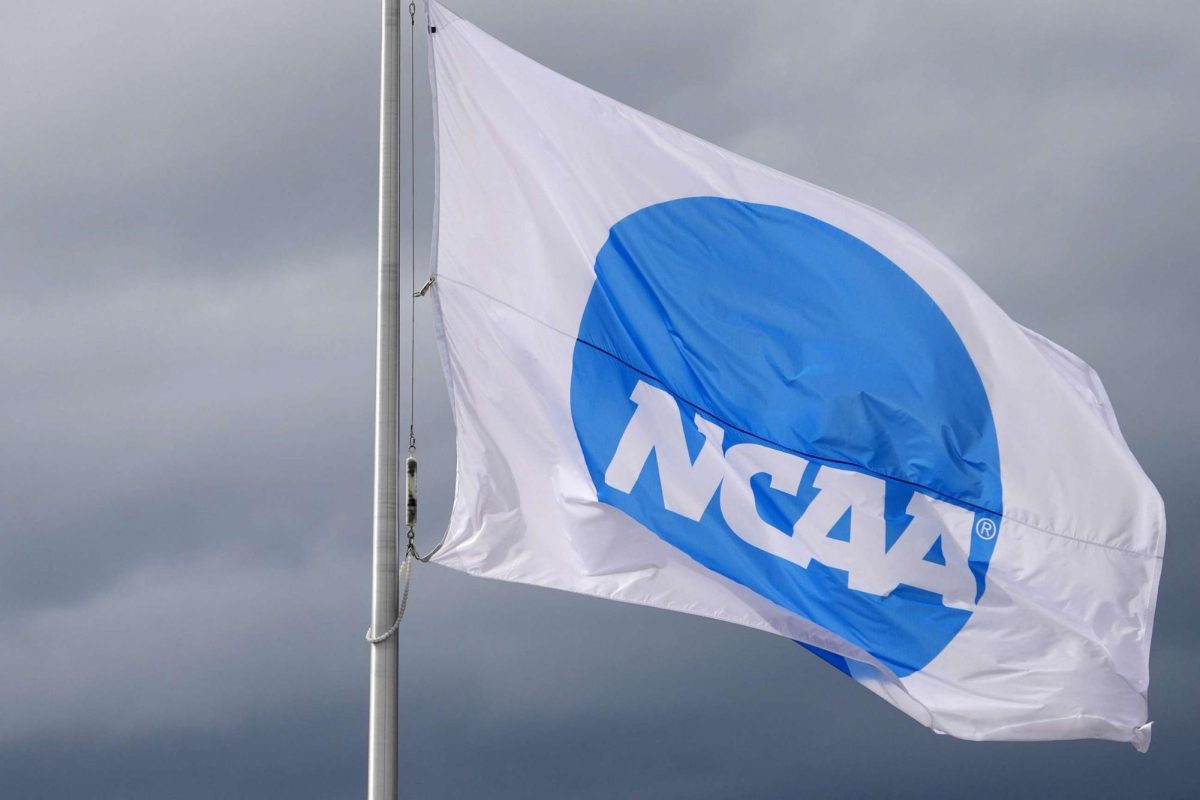
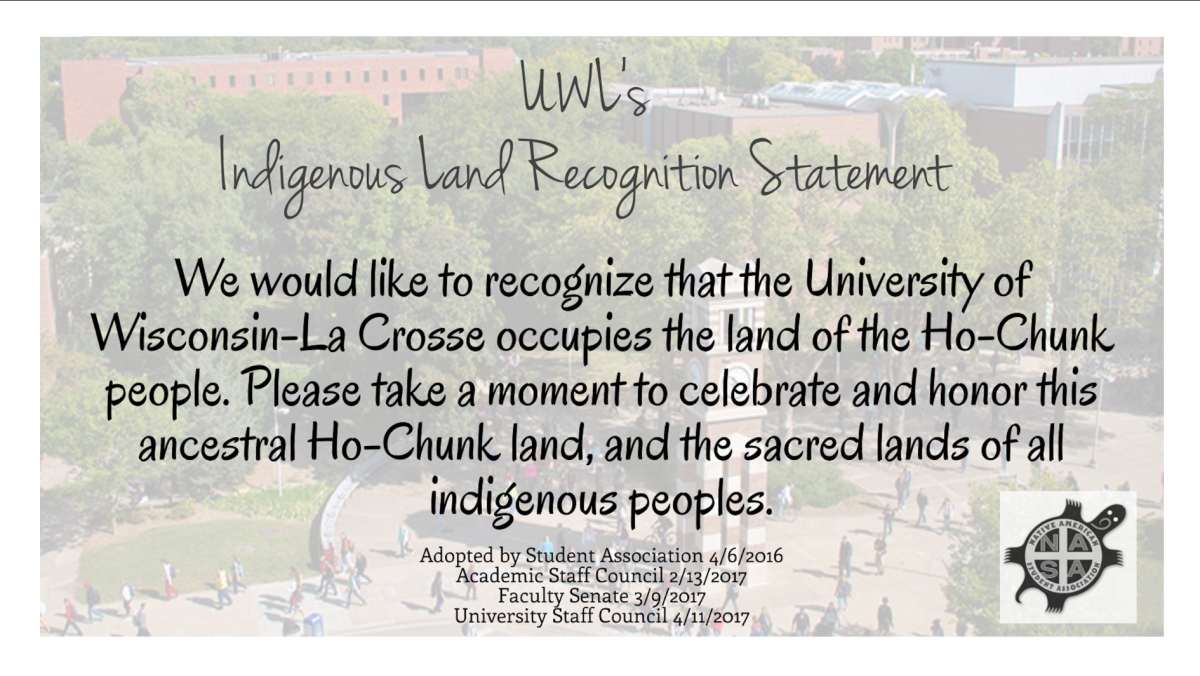
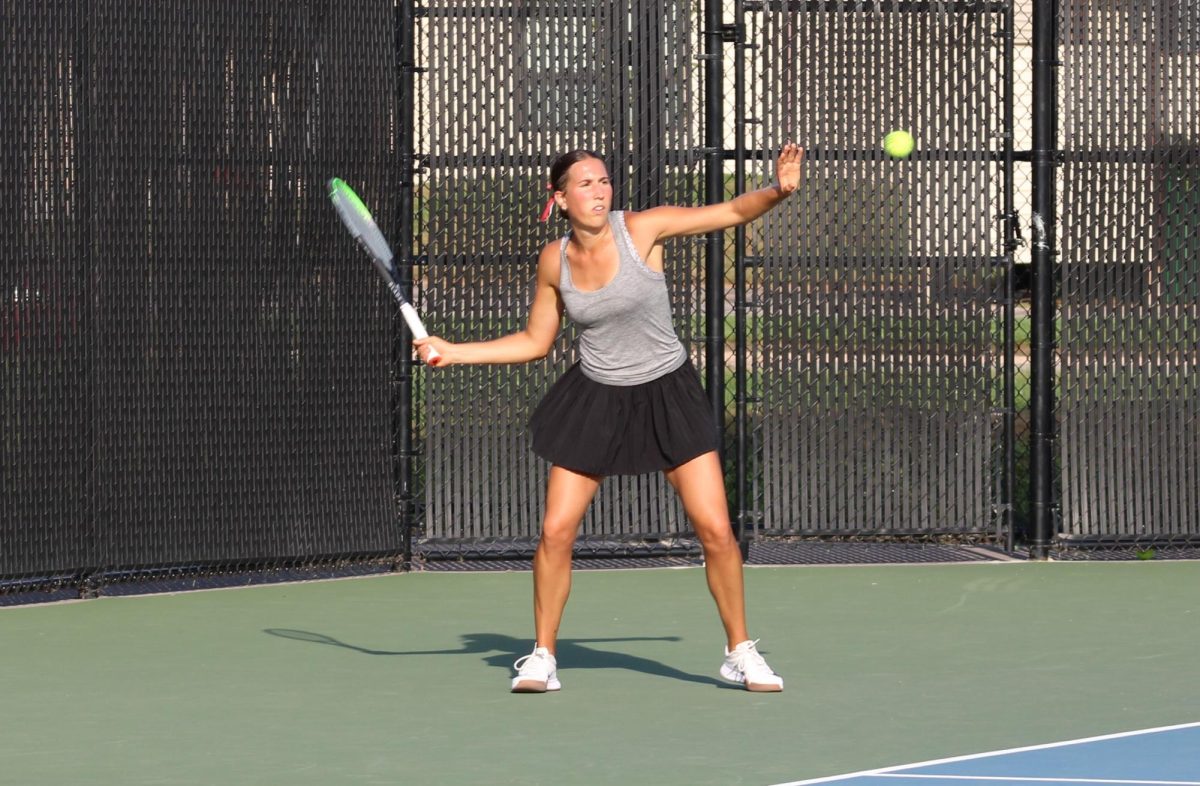
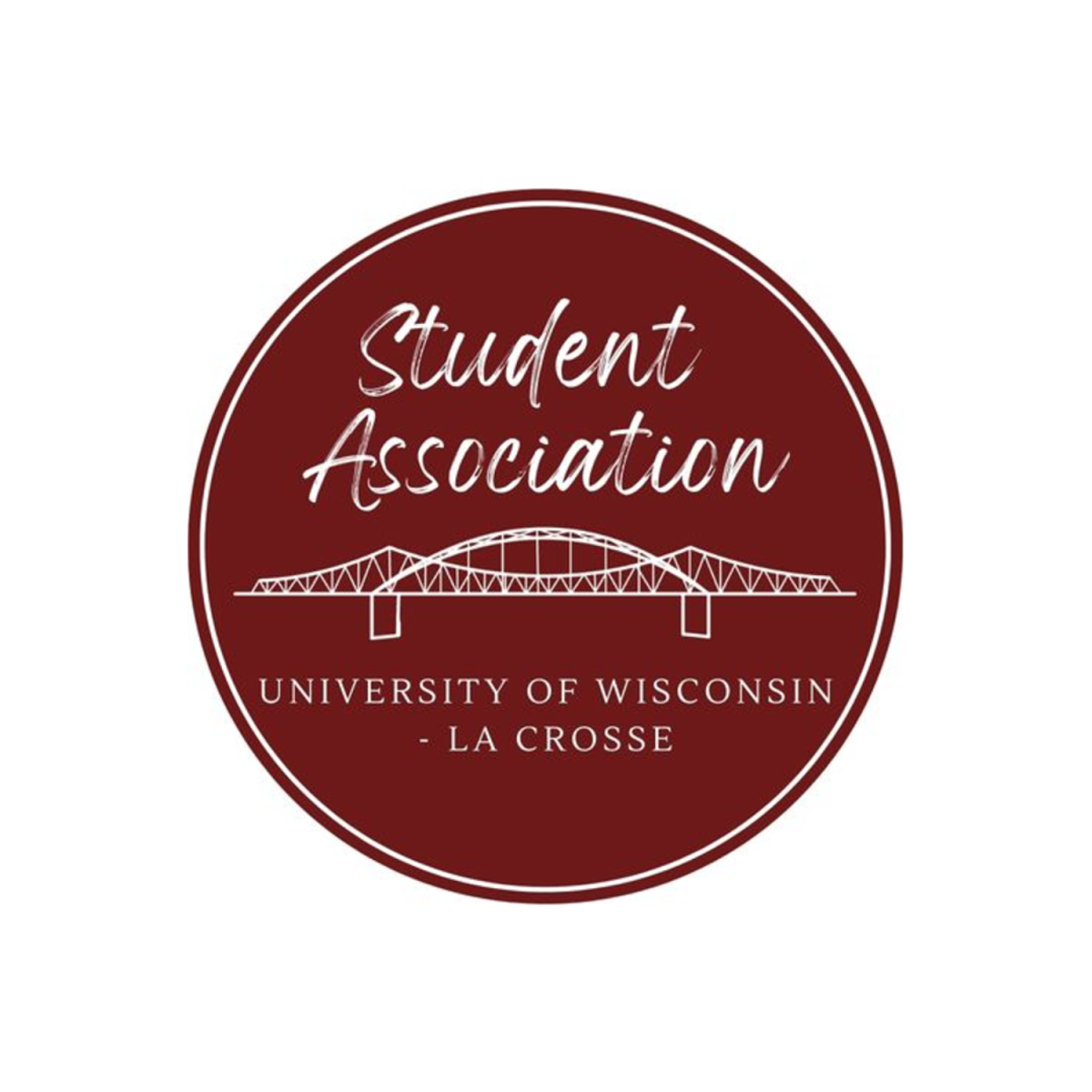
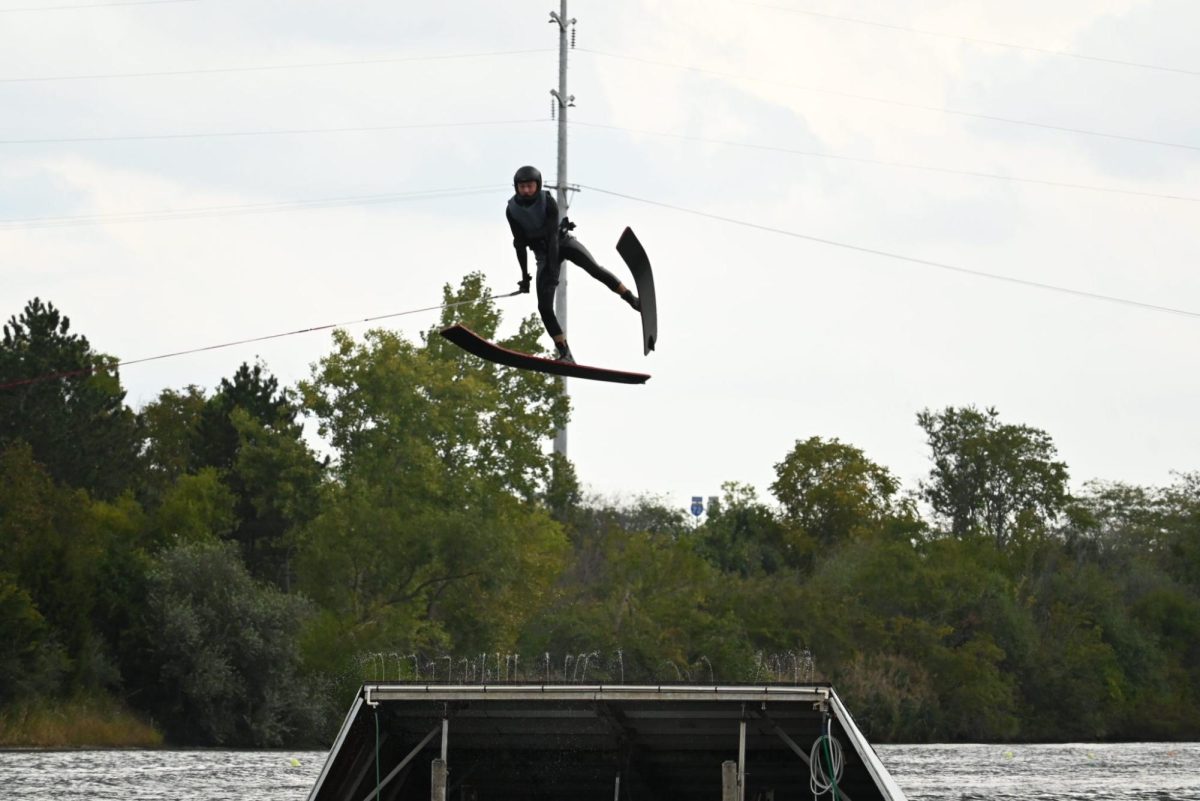
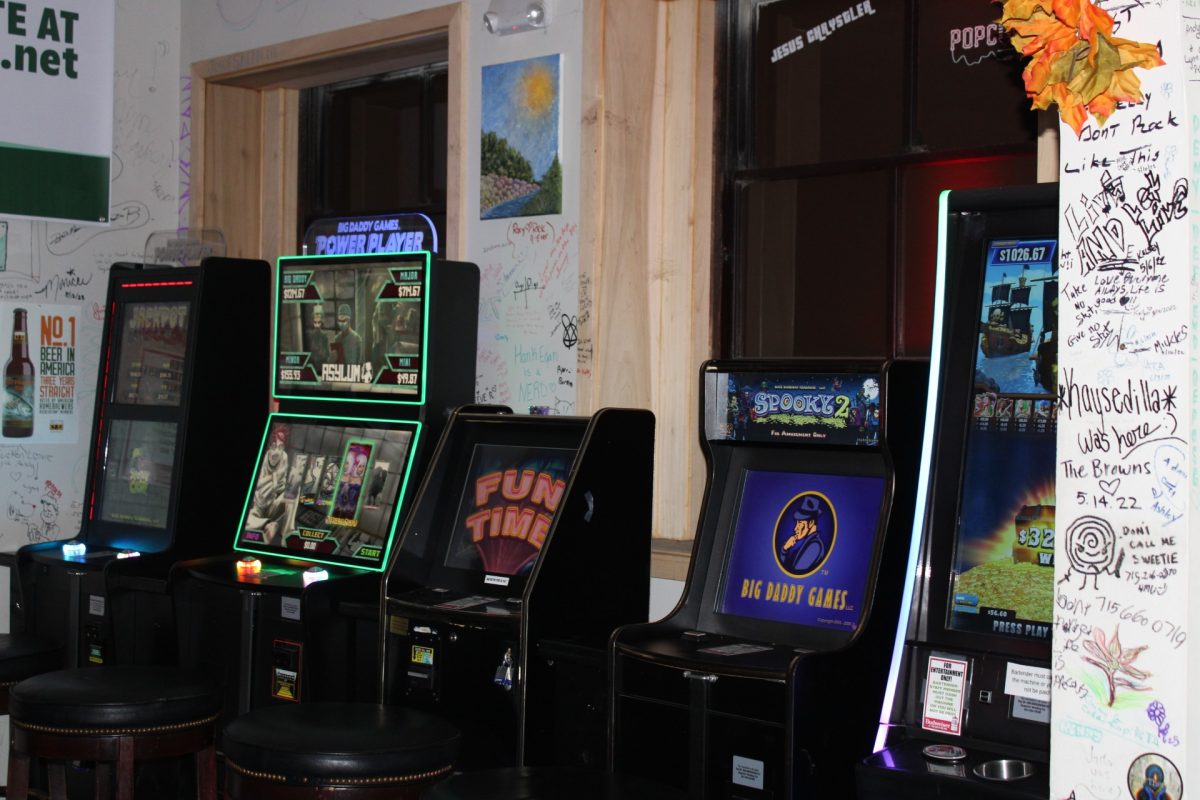
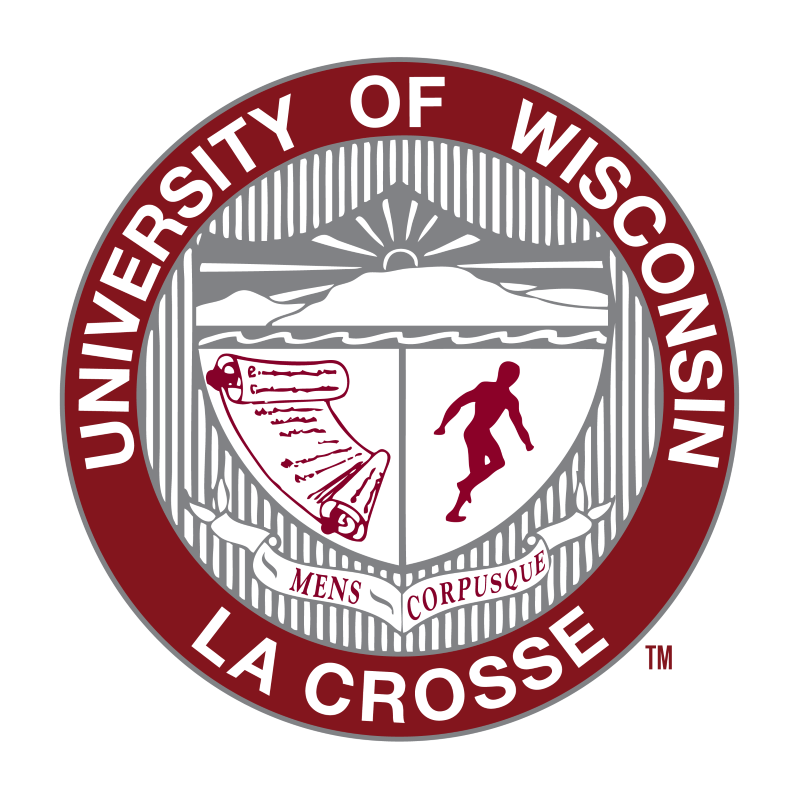
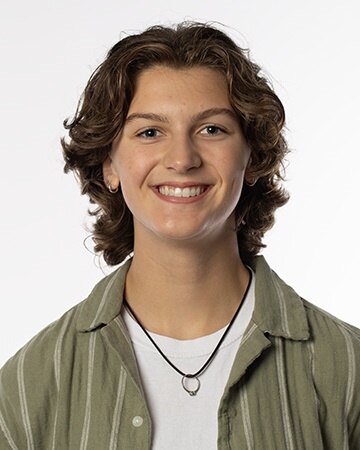
John Fait • Nov 11, 2024 at 9:15 am
Very informative, thanks for bringing this information to the forefront.